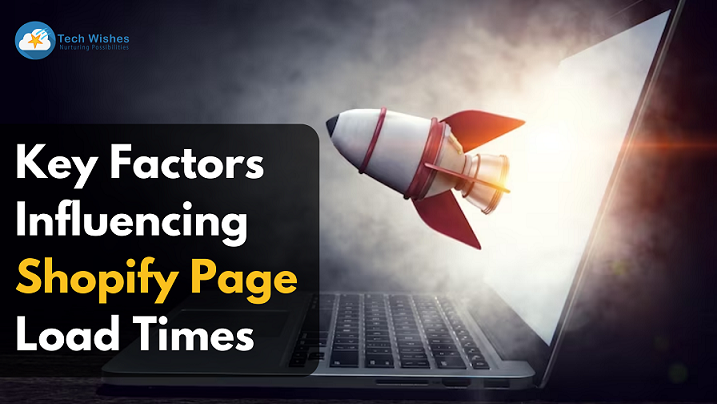
Key Factors Influencing Shopify Page Load Times and Effective Remedies
When it comes to ecommerce success, where every second counts. The speed at which your Shopify store's pages load can spell the difference between a customer's delight and their departure. Enter page speed optimization – a crucial facet of e-commerce success. In this comprehensive guide, we'll dissect the pivotal factors that impact Shopify page load times and equip you with strategic remedies to ensure your store's lightning-fast performance.
You can always catch up with Shopify experts to learn more about Shopify Page Speed…
Factors That Impact your Shopify Store Speed
Factor 1: Image Optimization
Images, the visual jewels of your online realm, can also be the culprits behind sluggish load times. Unoptimized images can clog the data highway, causing delays. The remedy? Embrace compression technologies that reduce image file sizes without compromising quality. Implement lazy loading to ensure images load only when needed, enhancing the user experience and speed.
Factor 2: App Overload
Apps are the virtuosos that enhance your store's functionalities. However, an excessive number of apps can create a cacophony, slowing down load times. Audit your apps and retain only those that truly contribute to your store's performance. Lean towards apps that are well-coded and optimized for speed.
Factor 3: Bloated Code
Behind the scenes, your store's code orchestrates the visual symphony. Bloated or unoptimized code can lead to extended load times. Employ minification techniques to trim excess characters and spaces from your codebase. Furthermore, ensure your theme is built on a solid foundation, utilizing best coding practices for optimal performance.
Factor 4: Server Performance
Your server's performance forms the backbone of your store's speed. Opt for a reliable hosting provider that offers swift response times and ample resources. Content Delivery Networks (CDNs) can be your secret weapon, distributing content across servers globally, reducing the physical distance between your store and your visitors.
Factor 5: Unoptimized Scripts
Scripts, like musicians, contribute to the grand performance. Unoptimized JavaScript and CSS scripts can hinder loading speed. Employ techniques like asynchronous loading and deferred loading to ensure that scripts don't impede the rendering of critical content. Prioritize the loading of essential elements first.
Factor 6: Rich Media and Animations
Rich media, animations, and interactive elements add flair to your store, but they can also tax load times. Strike a balance by utilizing these elements judiciously. Opt for modern techniques like CSS animations, which are lighter and more efficient than their JavaScript counterparts.
Read: Boost Shopify Performance: CSS & JavaScript Optimization
In Conclusion: Elevating Store Speed
In the enthralling world of e-commerce, speed optimization is the conductor that orchestrates a seamless user experience. By meticulously addressing the factors influencing Shopify page load times, you compose a symphony of speed that resonates with customers and enhances conversions. Embrace compression, streamline code, optimize scripts, and fortify server performance – each action contributes to the harmony of speed. Your Shopify store, finely tuned and swift, becomes a digital haven where customers journey effortlessly, transcending load times and indulging in the rhythm of seamless interactions.
Hire a Shopify Development Company to know more…
Read:
Analyzing Shopify Page Speed with Google's Lighthouse